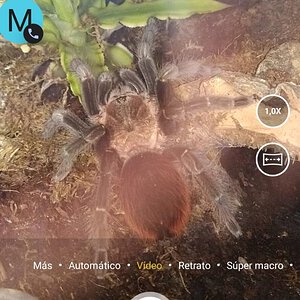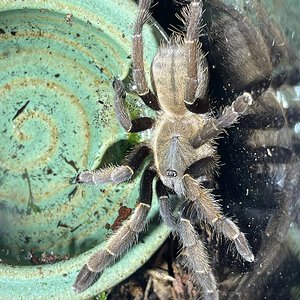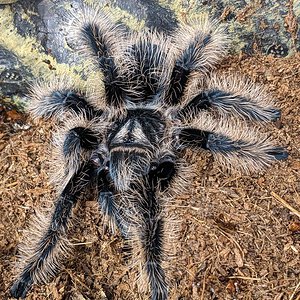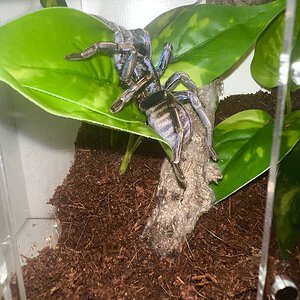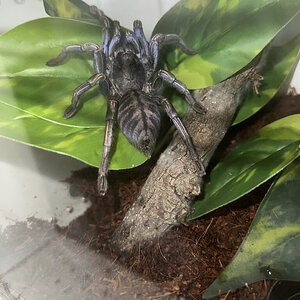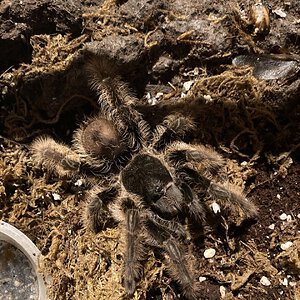was sold to me as a “Ornithoctonus sp. purple zebra” is this just a newly/un described species?
Media information
- Category
- Tarantula Identification
- Added by
- codmadi
- Date added
- View count
- 2,858
- Comment count
- 12
- Rating
- 0.00 star(s) 0 ratings
Image metadata
- Filename
- 514DE84C-765E-448F-9E7D-5584EE0E2308.jpeg
- File size
- 2.6 MB
- Dimensions
- 3024px x 4032px

